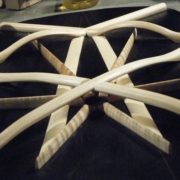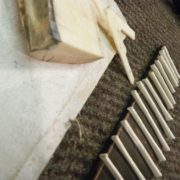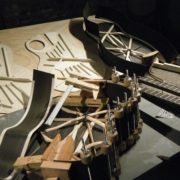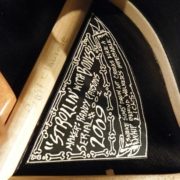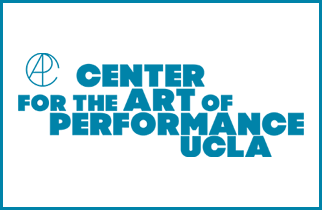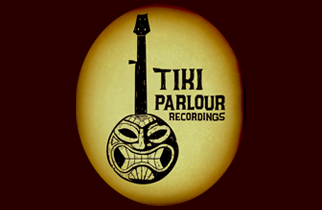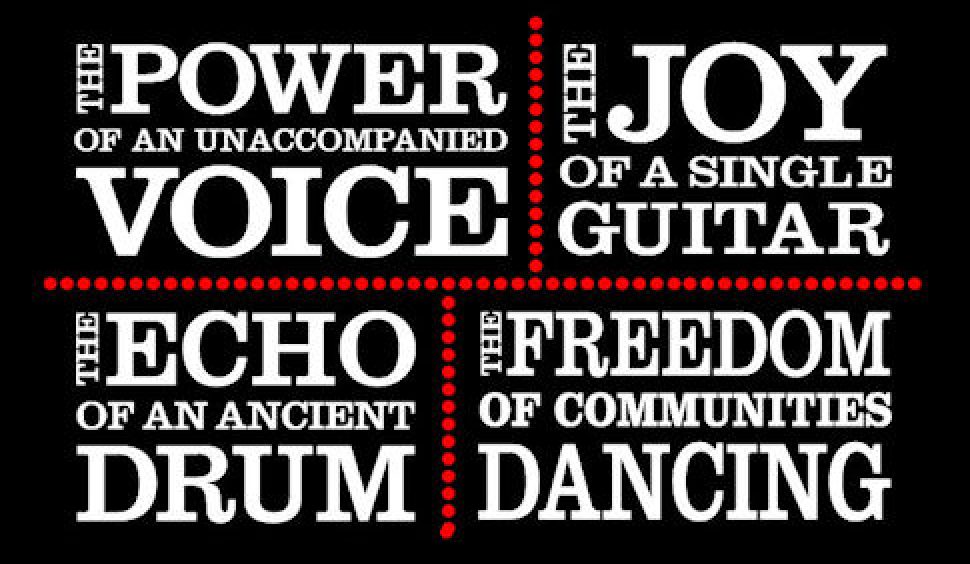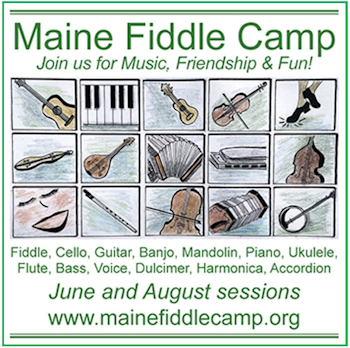Shake, Rattle, and Roll the Bones with Randy Parsons
NUMBER 18 - Bones, Burning, and Knowing Your Base

My friend JT once showed me a handmade guitar with a secret message written on the inside. Then he told me: “He’s put bones in guitars, too.”
I’m that guy friends will send bones in the mail, hoping to spawn a project. So I had to hunt down Randy Parsons and find out what was going on. What’s going on is that Randy Parsons has built custom guitars for Jack White, Jimmy Page, Sammy Hagar, and Peter Frampton, among others–and yes, he has built guitars with bones in them.
What’s going on is inlay with a level of intricacy that inspired me to buy two Dremels. And there’s more: besides building incredibly detailed and resonant guitars, Parsons consolidated life and work by purchasing a church in the middle of Kansas somewhere. We don’t all solve problems the same way, but this absolutely made sense to me. Yeah, a conversation needed to be had.
me: Do you remember the first secret message you left inside a guitar?
RP: The first hidden message was “I was alive in the forest. I was cut by the cruel axe. In life I was silent. In death I sweetly sing.” This kinda goes along with the idea of repurposing bone. Why did I do it, hide the message? Sometimes I think it’s partly out of boredom, and maybe the child in me. I mean, it just seems like a cool thing to do.

string & bone
me: It does. Humans are always interested in mysticism. As much as we want answers, we love the unsolvable. Hiding messages inside guitars makes magic; I think you knew it inherently. Calling it childlike is a gracious bow to society, because we’re supposed to be above that, right? Right. I hide words in my scratchboard work – it’s just crosshatching, so why not a word?
Putting a coherent message inside a guitar, though, also feels like a reward to anyone who cared enough to get inside it, or was angry enough to smash the fuck out of it. It’s a long-distance connection.
Next question: What is it about your humble beginnings that caused you to be out in the wild harvesting bones for guitar braces?
RP: For me it was just a logical direction. Bone has always been part of musical instrument making. Lutes constructed before the industrial revolution used bone for frets. The switch to metal frets in the early 19th century made sense as far as a time-saving construction method and strength. Today bone is still used; the nut on a high-end acoustic guitar as well as the bridge saddle are still constructed with bone. This is mainly because of tonal quality. So I wondered, since the nut and the saddle technically work as the first and last fret, what would the instrument sound like if all the frets were made from bone? Would there be an improvement? I converted a few guitars, removed the metal frets and replaced them with bone. The tone was much better, but 50x the work.
me: Erring on the side of art in sound. Well done.
RP: There was no denying that bone had serious tonal properties. I began exploring the other areas of the guitar, like the interior braces. It’s a cool thing to do and there’s a lot of interesting benefits, it’s just a very time consuming and messy job. It got me some attention and I became the guy who uses bone. I guess there’s also some deeper connection to the earth; the idea of repurposing a life for something as beautiful as a musical instrument always interested me.

The Red Rabbit fretboard close-up
me: Please explain this fretboard. The clock parts are recessed, yeah? What did you use for the frets? Why doesn’t it matter that everything is glued together?
RP: The red rabbit. That guitar was stolen in San Antonio by Mexican cartels (according to the San Antonio police). It was part of a large 14 guitar heist. Anyways, Once you completely understand the engineering behind something, you can start making some changes. This fingerboard design was an idea, that instead of looking at a fingerboard as a 2-dimensional canvas, treat it as 3. The strings don’t touch the wood, just the frets, so there was room to play around. The frets were made of bone, white, and dyed red. The neck has graphite rods running thru the middle so the strength is there. I’m currently building 10 more rabbits 🙂 The Rabbit, to me, represents my “what if” approach to things and the fantasy visual thing. I get excited about building things knowing if I don’t build it, it will never exist.
me: How does the burn box play into this?
RP: When I ran the repair shop, someone brought in a guitar that had been in a house fire. Cheap guitar, best sounding guitar I’ve ever heard. I started hearing similar stories about great sounding guitars that had been in fires. The heat does something to the wood, it crystallizes the sap and also zaps out any moisture. This makes for a better tone. I made a burn box to simulate all this; my bodies are lightly burned before assembly.
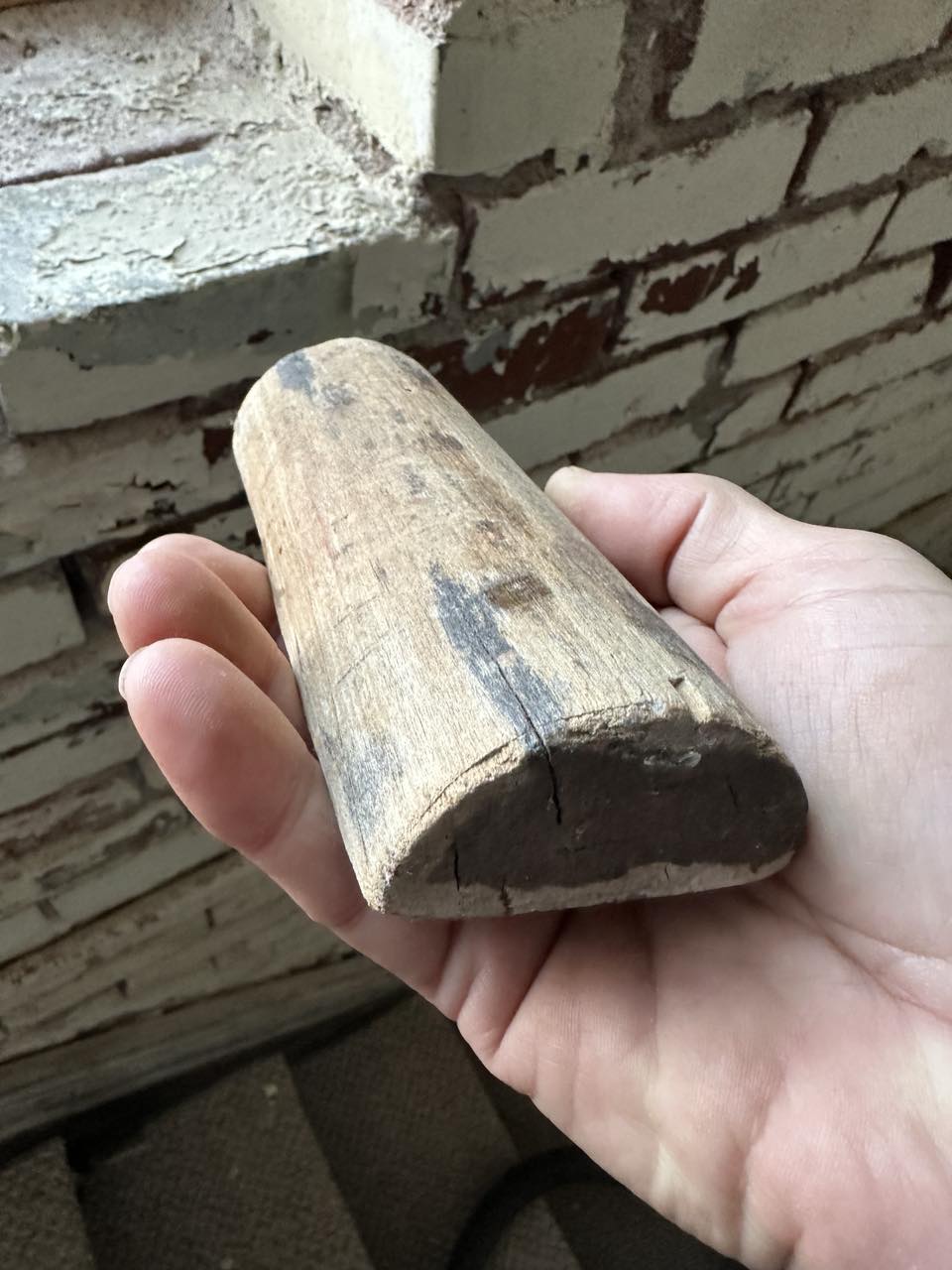
the sanding block
me: Tell me about your hand tools. Which one is your favorite?
RP: Favorite “hand” tool….hmm. I think the most important is a rough-cut file, sizes small to larger… that and a razor blade (like the larger ones you put inside a drywall knife). But If I had to pick my personal favorite, that would be a wooden sanding block my friend Boaz gave to me in 1998. one side is flat, the other is a half round. I use it a lot. It’s also obviously sentimental.
me: I’d like to talk about that second risk. It seems there’s a necessary shift in mindset required. Are you able to describe the transition between “no, hand-tools only” and “yeah, I could do that and this is what it’ll take…”?
RP: Hand tools only. When I started building guitars in the 90’s there was an idea that guitar makers–luthiers–were following a tradition–“the art of luthiery”–and what made them special was their ability to hand-make a guitar versus manufacturing one by using machines and labor. I mean it makes sense; almost all creatives love the human experience, the process, the tools, the tradition, all that stuff. Also, guitar makers didn’t make enough money to buy those modern machines, so “I only use hand tools” became a necessary mantra.
Around 2010, the cost of these tools started to drop significantly; what was $100,000 was now $10,000. This opened the door to a new generation of guitar makers.

The Red Rabbit – back
For the traditional “hand builders,” we were faced with a decision: join the robots or die. There was also a shift happening with buyers, they stopped caring. I reached out to my clients and asked them straight up, “how important is it that I use old hand tools?” It seemed no one cared.
I bought my first computer-controlled router and laser cutter in 2013. It not only didn’t hurt the creative process, but it helped exponentially. I also noticed those that started with these machines right out of the gate were lost. I guess the bottom line is: You must first learn by hand, and by learning to think outside the box.
Take risks; develop a style and build a name, a story.
Then, when it comes time to compete, use everything you can, including technology.
me: On your Patreon page, you showed us the “humble beginnings” of a pickguard design drawn out on paper. 1. What’s the point of the hand-comparison? 2. When you say 10 do you mean designed on paper/CAD, or actually cut out?
RP: I like to draw the pickguard shape first on paper, so I can see it against the actual body, if I think I like it, I’ll cut one out with the CNC cutter machine. I’m not really good with CAD; basically I’m scanning the hand drawing in and pressing the cut button. Then I usually find some areas I don’t like and reshape it, re-draw it, re-cut. It’s about 10x before I’m happy with it 🙂 some people might do it all on screen, but I like to hold the actual object and physically adjust.
The pickguard for the Bat Jr. came to me in a meditation session. I realized after 10 attempts that I was trying too hard. What do bats do? they hang upside down; problem solved. And then to even simplify further, I decided on “no pickguard” installed, just include one inside the case.

Jimmy Page with his Parsons-built guitar
me: Last question: What’s in Jimmy Page’s guitar?
RP: All of the interior braces are made of traditional guitar wood (spruce, cedar, maple). But they’re all shaped like bones. It’s not so much that they’re shaped individually like bones, it’s more like an over all skeletal structure inside. I wanted to make sure I did something interesting; however, it was also important to stick with what I knew would sound good. I named the guitar – Strolling with Bones.
As of this writing, Parsons has just purchased a metal plating machine. He’s very excited. Years ago he developed a really cool copper aging technique but the copper plating part had to be outsourced. Parsons now has total control over his project. He’ll have started 100 Bat Jr. guitars by the time this story is published, commemorating 30 years of fine guitar production. There’s a Parsons Guitars Patreon account you can join if you’re interested in the finer details of luthiery – at the second tier, you can earn a coffee table book. Randy Parsons posts progress updates, photos, and videos like the ones you see here. Follow the magic on Instagram @parsonsguitars or here on Facebook.
Contact the author at deb@debnation.com.
Shake, Rattle, and Roll the Bones with Randy Parsons
NUMBER 18 - Bones, Burning, and Knowing Your Base


